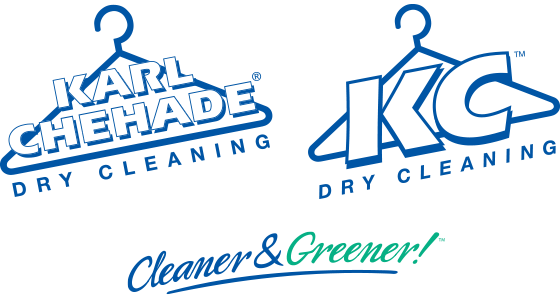Imperfections That May Become Apparent After Cleaning
Scar Tissue
The animal’s skin may have been injured while it was alive by thorns, barbed wire, disease, or fights with other animals. The resulting scar tissue does not dye evenly, so it is covered with fillers before dyeing. These fillers are removed in cleaning, and the original scar tissue will become more apparent, usually as a light area.
Vein Marks
Some thick skins are split, revealing the veins in the skin as irregular, wavy lines. These are also covered with fillers and reappear after cleaning.
Wrinkles
Skins taken from the loose neck or belly portion of an animal are naturally wrinkled. As the skins relax with age, the wrinkles reappear. The agitation that occurs in cleaning can cause greater relaxation of the leather, accentuating the wrinkles.
Texture Change
The manufacturer tries to select skins of uniform texture for a garment, but sometimes smoother skin is combined with a skin or portion of skin with a coarser texture. Cleaning may make this variance more apparent.
Shrinkage
Some shrinkage will likely occur in your garment over time as the skins relax. This may be accentuated in cleaning. As you wear a leather garment it tends to conform comfortably to your body. After cleaning, the garment may feel a little uncomfortable or snug when you first put it on. As you wear it this feeling will dissipate. Sometimes skins are overstretched in manufacture and relax permanently. This problem cannot be anticipated by the cleaner.
Thin Skins
Some skins are extremely thin and too fragile for use in apparel. These skins tend to wear exceptionally fast even with normal usage. The agitation of cleaning will further aggravate the damage of thin skins.
Oxidation (Colour Change)
Dyes can oxidise from exposure to light and gases in the atmosphere. This is a slow, progressive condition that develops with age. It may become more noticeable after cleaning, but protected areas, such as under the collar, will retain more of the original colour.
Colour Shading from Adhesives
Adhesives are sometimes used to glue seams, hems, and other areas during construction. These glues or adhesives may not be solvent resistant. Sometimes the glues don’t dissolve completely, but leach through the leather and cause shaded areas.
Shaded Leather
The texture of skins varies, and some skins tend to absorb more of the fat liquors and cleaning additives in cleaning and come out a little darker in some areas than others. Sometimes this shading can be seen on the garment before cleaning, but cleaning will accentuate it. It is a natural phenomenon that is beyond the control of the cleaner.
Leather Trims
Leather buttons and leather piping on fabric items sometimes cause problems by bleeding colour onto the adjacent fabric. All attached trim should be able to withstand the care method on the label; if this problem occurs, the item should be returned to the store where it was purchased. A fashion trend is to attach dark coloured suede, leather or snakeskin trim on white or pastel cloth garments. In many cases the attached trim is fugitive to all dry cleaning solvents. Cleaning by any other method may cause permanent loss or transfer onto the cloth portion of the garment.
Dry cleaners may choose not to accept the risk of processing these items based on the evidence of colour fastness tests performed. Once dye bleeding and transfer occur in cleaning, restoration is usually not possible.
Imitation Leathers and Suedes
Imitation leathers and suedes are produced in a variety of ways and are sometimes difficult to distinguish from the real thing. Smooth leather-like fabrics may be coated with vinyl-based or urethane-based films. Suede-like fabrics may be made with non-woven urethane structures or may be knit or woven fabrics flocked to look like suede.
It is very important to check the care label on an imitation leather or suede. Some of these fabrics are quite fragile and will not withstand dry cleaning. The most common problem is failure of a film coating or of an adhesive. This results in self-sticking of the fabric or in blistering or puckering of the coating. On flocked items, the flocked coating may be lost in wear areas such as collars and cuffs. Cleaning may aggravate this condition. Non-woven structures usually withstand dry cleaning very well.
Trust your prized leather and suede garments to a professional leather and suede finisher. They are specifically trained in the most modern techniques of leather care.


